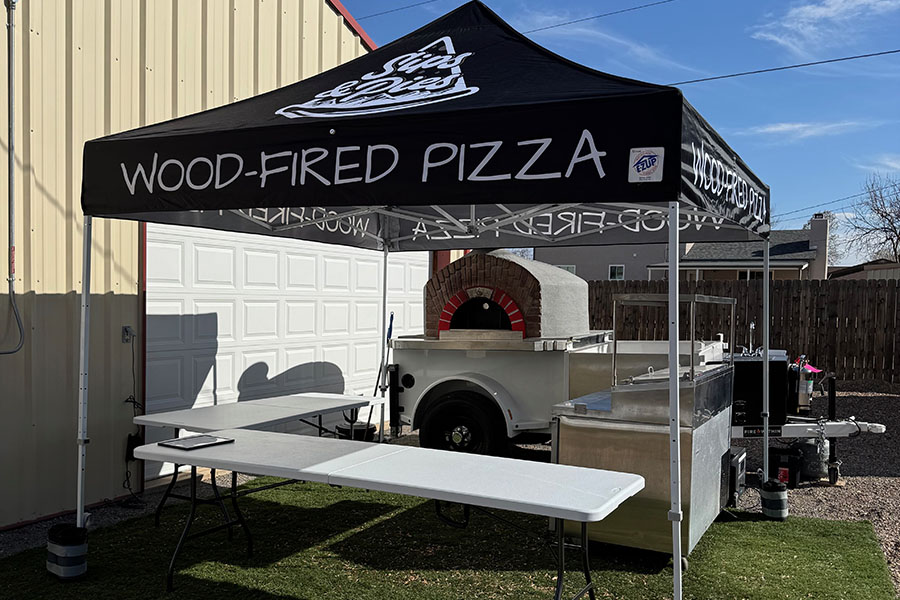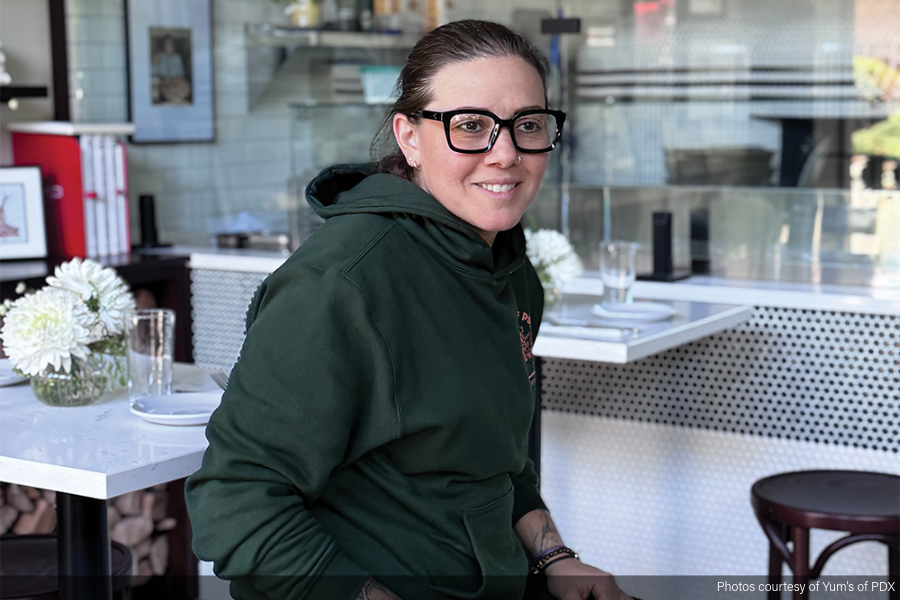Make building better vendor relationships a priority this year.
As we head into Pizza Expo 2025, it’s a great time to look at an often-overlooked part of restaurant success: vendor relationships. Treating your vendors as true partners rather than anonymous suppliers can drastically affect your costs, quality and ops. Vendors should be assets that help your place succeed, not drain it. Here’s how to identify the difference, strengthen it, and weed out the ones that don’t pull their weight.
Identifying your Partners & Pariahs
Who is a Partner?
A true partner wants you to win. They see the long-term benefit of supporting your growth and are motivated by a shared interest in your restaurant’s success. When you succeed, they succeed and approach the relationship with this mutual goal in mind.
What’s a Pariah?
A pariah, on the other hand, is a vendor that’s just out for quick cash. They’ll sell you overpriced supplies, push unnecessary products or mark up standard items unreasonably. They’re not interested in supporting your goals and won’t help if you’re struggling or looking for a way to improve costs. These vendors will likely disappear once you’re no longer a profitable
account to them.
Example:
I once had a vendor who, on the surface, appeared like a partner—they got us up and running with equipment and products we needed, seemed committed and were responsive in the early days. But it didn’t take long to see they were marking up simple items like chemicals and coffee by triple. I only realized this when I had like items to compare to by checking Sam’s Club and another vendors. When I asked them about it, they shrugged and said, “That’s just the price; we have to make money.” That’s a pariah. Vendors who aren’t looking out for your interests but only for themselves are liabilities and deflect responsibility.
Steps for Building True Partnerships
1. Communicate like they’re real people, not automatons.
Vendor reps are human beings, not just customer service contacts. Treat them respectfully, ask for their input and treat them like team members. When you show up as “Tom,” the partner/owner, rather than “Account #7745629,” you’re likely to get better service. Start conversations by asking about their week, sharing a bit about yours and setting the tone for being professionally cordial.
2. Set clear expectations for success.
Outline your needs explicitly. This includes product specs, ordering schedules, payment terms and delivery expectations. Being transparent from day one minimizes confusion and shows you’re serious about a long-term relationship. If a vendor struggles to meet these standards, it may be time to look for someone else who can.
3. Be transparent with your goals.
If you have budget constraints, be upfront. Share your profit and loss goals and ask what they can do to help you hit them. Some vendors respond well to seeing a few of your numbers. It helps them understand your reality. If a vendor knows that your target food cost is 30% and you’re struggling to hit that with current prices, they’re often more willing to work with you to adjust pricing.
4. Demand they have transparency as well.
Your vendors should see you as more than just a cash source. They should actively look for ways to help you succeed. Don’t hesitate to ask for transparency in pricing, especially on big-ticket items or frequently ordered goods. Request the same level of respect and dedication from them as you provide. If they balk at these questions, it might be a sign that they’re not genuinely invested in your success.
Strategies for Converting Pariahs to Partners
1. Ask for the best price (and then some).
Don’t be shy to ask tough questions like, “Is this the absolute best price you can offer?” Vendors often have room to move if they see you’re serious about a deal but won’t go lower unless prompted. Ask about bulk discounts, seasonal price cuts and rebates. A good partner will work to help you hit those numbers rather than brush you off.
2. Mirror back their responses.
Use a “mirroring” technique to let vendors know you’re listening and analyzing their responses. This means repeating part of what they say to confirm you’ve understood them correctly. For instance, if a rep says, “We can only do a five percent discount,” reply with, “A five percent discount?” Mirroring can reveal if they’re uncertain about their answers and often prompts them to share additional details.
3. Push for collaboration, not confrontation.
Instead of meeting resistance with resistance, calmly outline your concerns and goals. It’s not about accusing them of overcharging, but explaining that you have specific cost objectives and want to explore solutions together. Emphasize that you’re in this for the long haul and are looking for a team that will be there as you grow.
Conflict Resolution: When Issues Arise
No relationship is without conflict, but how you handle it is the difference between lasting partnerships and toxic connections. Here are some ways to approach conflicts:
1. Document all communications.
Record key details from conversations, e-mails or meetings. This documentation protects you and makes it easier to refer to specific agreements if a problem arises.
2. Practice patience and active listening.
Don’t jump to conclusions. Hear them out, ask questions and consider their side before making decisions. This patience can build rapport, and you might find new solutions or better understand the vendor’s limitations.
3. Be willing to walk away.
If a vendor can’t meet your standards and shows no willingness to improve, it’s time to look elsewhere. Explain your concerns and give them a chance to adjust, but don’t hesitate to walk if they can’t meet the requirements. A successful vendor partnership needs to be
mutually beneficial.
Maximizing Partnerships
Once you’ve established who your partners are, look for ways to maximize the relationship. Regular check-ins help identify new opportunities, whether it’s a seasonal discount or an exclusive product offering. Build in yearly or quarterly ROI reviews with vendors to ensure the relationship continues to serve both sides. For larger accounts, it’s a good practice to set up a meeting agenda, including pricing discussions and exploration of any new vendor offerings that might be a fit for your restaurant.
In summary, the best vendor relationships feel like partnerships, not transactions. The goal is to build a mutually beneficial, long-term alliance where both sides win. When you approach these relationships with transparency, respect and mutual goals, you’ll see the benefits in your bottom line—and in your day-to-day operations.
Mike Bausch is the owner of Andolini’s Pizzeria in Tulsa, Oklahoma. Instagram: @mikeybausch







